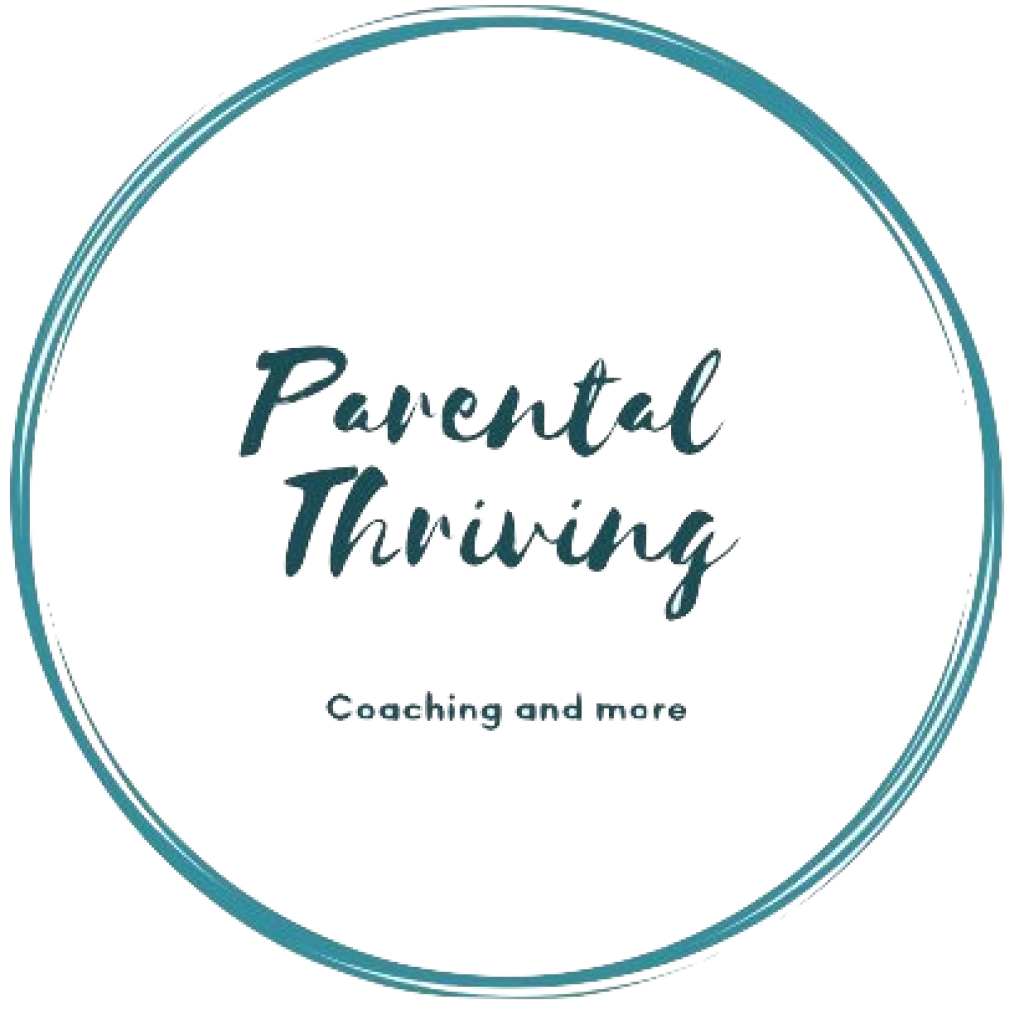The Elimination diet
Most breastfeeding mothers can eat anything throughout their breastfeeding journey. However, exclusively breastfed babies can be intolerant or allergic to traces of proteins that enter mother’s milk.
The most common culprit is cow milk protein, however there are other known allergenic food. Like, tree nuts, nuts, soya, wheat, egg and fish. The best way for a mother to deal with an allergy is to find which food(s) are causing the reaction and eliminate it from her diet. This is called an elimination diet.
How does an elimination diet work?
As mentioned above, an elimination diet works by removing the allergenic food from your diet. This can be very challenging, especially when the allergen is cow’s milk protein, because this is found in many other things that we do not think of and/or given unusual names we are not aware of. When doing an elimination diet, it is recommended to work with a dietitian that can support you not just through this challenging time but by helping you find alternative options that keep you healthy.
When a baby is sensitive to some food, it is very likely your child can be sensitive to other allergens as well. This can be very overwhelming to a mother and can feel very confusing to know where to start. Therefore, consider keeping a diary – mainly for food.
Keeping a food diary can help to quickly understand what is the allergen your child is reacting to. In it, you write the foods you ate throughout any given day and next to it your baby’s reaction.
An example can be ate pasta with tomato sauce. Later baby had a blocked nose, rash, explosive nappy, irritable, couldn’t sleep well…..
Because, some allergens can be found ‘hidden’ in other products – especially when it comes to cow’s milk protein – it might be prudent to also add unusual reactions that you believe are not associated with the food. Example, certain cosmetics contain dairy which can cause a reaction to your infant.
A mother has 2 ways to go about an elimination diet.
- Eliminating one allergenic food at a time, wait approx 6-8 weeks and if little to no difference noted add another food group. Example you took off dairy, you saw improvement within 72 hours but baby still has reactions. So you move on to another allergen, normally soya and so on and so forth till you notice no more reactions.
- Eliminate all allergens from your diet straight away and once baby has settled start introducing one food group at a time and see if there is a reaction or not.
Why wait 6-8 weeks to make sure about an allergen?
While a food protein will leave the breast milk within 2 weeks,it can take another 4-6 weeks for the baby’s gut to heal. Hence one needs 6-8 weeks to make sure about an allergen.
Help for your elimination diet
- Tips for Avoiding Your Allergen by Food Allergy Research and Education (FARE)—a guide to help identify hidden allergens in several elimination diets including milk-free, egg-free, wheat-free, soy-free, shellfish/fish-free, and nut free diets.
- Dairy Elimination Diet 2012 fact sheet on the Infant Proctocolitis website discusses the places to find hidden dairy and the unexpected names used labelling .
- Soy Elimination Diet is another fact sheet on the Infant Proctocolitis website and includes a list of soy foods, ingredients and places soya can “hide”.
What is important to remember when your child is allergenic, is to take one day at a time. Making changes to your diet is never easy but it always the better choice for your baby. Also knowing that this will not be forever helps to minimize the overwhelm.

